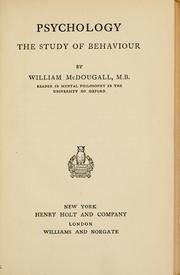
Photo from academic.microsoft.com
Paintings in museums are often accompanied by additional information, such as titles or audio-texts. Previous research has reported mostly positive effects of additional information on the liking and subjective understanding… Click to show full abstract
Paintings in museums are often accompanied by additional information, such as titles or audio-texts. Previous research has reported mostly positive effects of additional information on the liking and subjective understanding of a painting. However, some studies have also reported negative effects when additional information introduces inconsistencies between the painting’s content and the represented reality. Therefore, the present study examined the negative effects of naming a painting’s historical inaccuracies, which are inconsistencies between the content of the painting and the real historic event, and whether these negative effects can be compensated by an explanation for the inaccuracies. The results revealed that liking was lower with inaccuracies named and that this effect was compensated by an explanation for the inaccuracies. No significant effects were observed for subjective understanding and aesthetic emotions. The results corroborate parts of the Vienna integrated model of art perception and have practical implications for the design of audio-texts in museums.
Journal Title: Frontiers in Psychology
Year Published: 2021
Link to full text (if available)
Share on Social Media: Sign Up to like & get
recommendations!